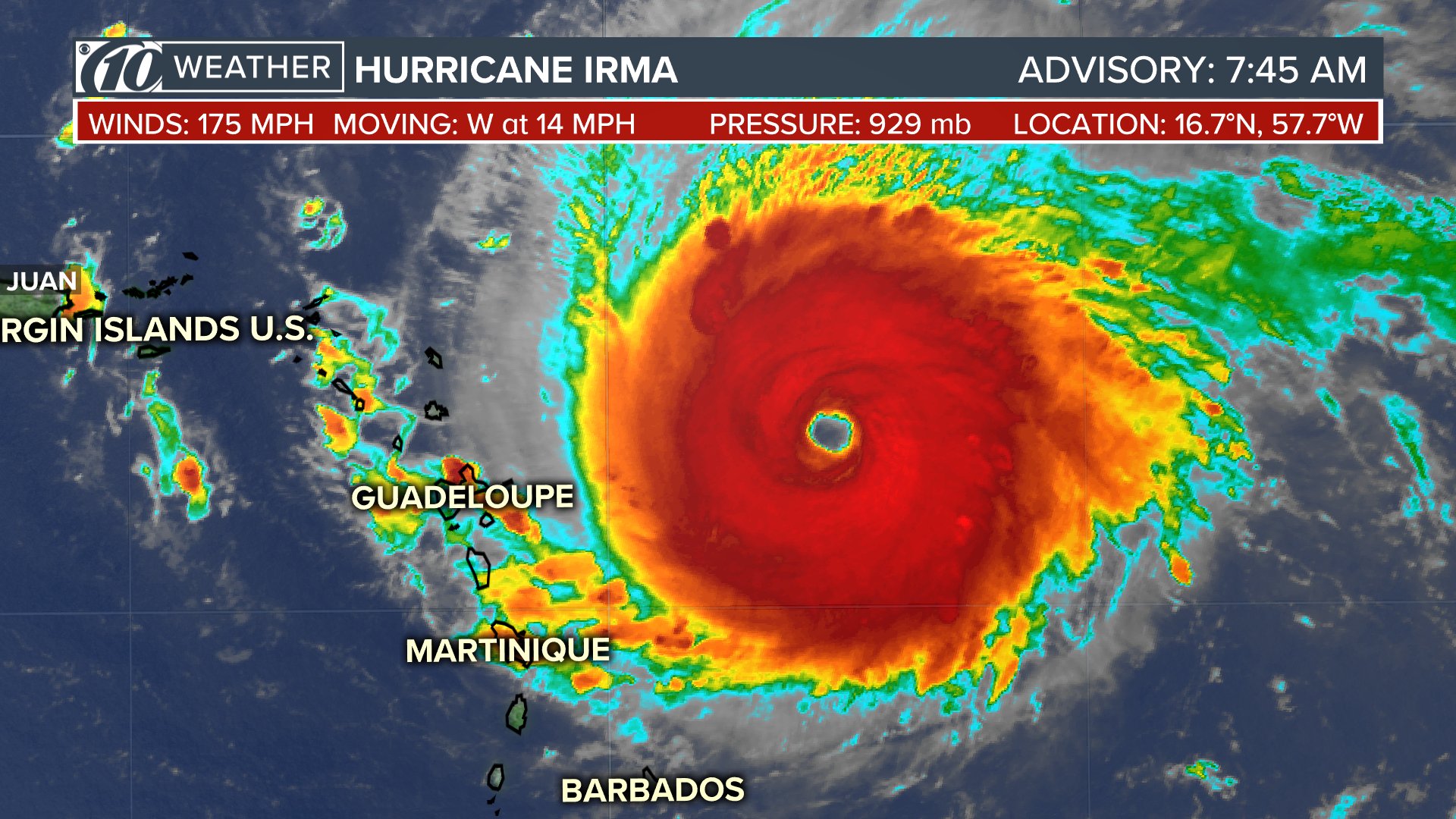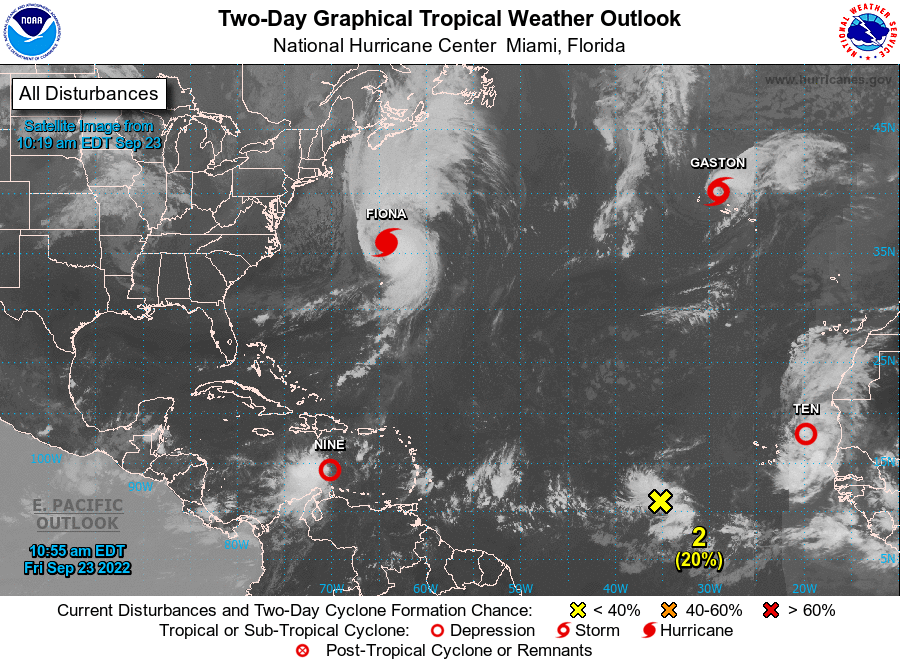Hurricane Preparedness and Safety Measures: National Hurricane Center

National hurricane center – Hurricanes are powerful storms that can cause extensive damage and loss of life. Being prepared for a hurricane is essential to staying safe and minimizing the impact of the storm.
The National Hurricane Center is the go-to source for the latest information on tropical cyclones. Their hurricane forecast models provide detailed predictions of a storm’s path and intensity, helping coastal communities prepare for the worst. The National Hurricane Center’s expertise is invaluable in mitigating the risks associated with these powerful storms.
Hurricane Preparedness Plans
A hurricane preparedness plan Artikels the steps you need to take before, during, and after a hurricane. It should include the following information:
- Contact information for local emergency services and utility companies.
- Evacuation routes and shelters.
- A list of essential supplies, such as food, water, first aid kits, and medications.
- A plan for securing your home and property.
- A plan for staying informed about the hurricane and its track.
Categories of Hurricanes, National hurricane center
Hurricanes are classified into five categories based on their wind speed. The categories are as follows:
| Category | Wind Speed | Potential Impacts |
|---|---|---|
| 1 | 74-95 mph | Minor damage to property, trees, and power lines. |
| 2 | 96-110 mph | Moderate damage to property, trees, and power lines. |
| 3 | 111-129 mph | Major damage to property, trees, and power lines. |
| 4 | 130-156 mph | Catastrophic damage to property, trees, and power lines. |
| 5 | 157 mph or higher | Devastating damage to property, trees, and power lines. |
Securing Your Home and Property
There are a number of things you can do to secure your home and property before a hurricane strikes:
- Board up windows and doors.
- Secure loose objects outside your home, such as lawn furniture and grills.
- Trim trees and shrubs.
- Bring in outdoor furniture and other items that could be damaged by the wind.
- Elevate valuable items off the floor.
Evacuation Procedures
If you are ordered to evacuate, it is important to do so immediately. Evacuate to a designated shelter or to a safe location outside of the hurricane’s path.
When evacuating, be sure to take your hurricane preparedness plan with you. Also, be sure to have a full tank of gas in your car and to take food, water, and other essential supplies with you.
Hurricane Forecasting and Tracking

The National Hurricane Center (NHC) is responsible for forecasting and tracking hurricanes in the Atlantic and eastern Pacific Oceans. The NHC uses a variety of tools and technologies to forecast hurricanes, including:
- Weather satellites
- Aircraft reconnaissance
- Computer models
Weather satellites provide images of hurricanes that can be used to track their movement and development. Aircraft reconnaissance missions fly into hurricanes to collect data on their wind speed, pressure, and other characteristics. Computer models use this data to forecast the future track and intensity of hurricanes.
Accuracy and Limitations of Hurricane Forecasts
Hurricane forecasts are not always accurate. The NHC issues forecasts with a cone of uncertainty, which shows the area where the hurricane is most likely to track. The cone of uncertainty is larger for longer-range forecasts.
There are a number of factors that can affect the accuracy of hurricane forecasts, including:
- The availability of data
- The complexity of the atmosphere
- The skill of the forecasters
Despite these limitations, hurricane forecasts have improved significantly in recent years. The NHC now issues forecasts that are more accurate and reliable than ever before.
Tips on How to Interpret Hurricane Forecasts and Advisories
When interpreting hurricane forecasts and advisories, it is important to keep the following in mind:
- The cone of uncertainty shows the area where the hurricane is most likely to track, but it is not a guarantee. The hurricane could track outside of the cone of uncertainty.
- Hurricane forecasts are not always accurate. The NHC issues forecasts with a cone of uncertainty, which shows the area where the hurricane is most likely to track. The cone of uncertainty is larger for longer-range forecasts.
- It is important to take hurricane warnings seriously. If a hurricane warning is issued for your area, you should take steps to prepare for the storm.
Hurricane Impacts and Recovery

Hurricanes are among the most powerful and destructive forces of nature, capable of causing widespread damage and loss of life. The impacts of hurricanes can be devastating, affecting both coastal and inland communities.
Hurricanes can cause a range of impacts, including:
- Wind damage: High winds can cause significant damage to buildings, infrastructure, and trees. Winds can rip off roofs, shatter windows, and topple power lines, leaving communities without electricity and communication.
- Flooding: Hurricanes can bring heavy rainfall, leading to flooding. Floodwaters can inundate homes and businesses, causing extensive damage to property and infrastructure. Flooding can also lead to the spread of waterborne diseases and contamination of drinking water.
- Storm surge: Storm surge is a wall of water that can accompany hurricanes. Storm surge can cause severe flooding and erosion along coastal areas, destroying homes and businesses and leaving communities uninhabitable.
The process of hurricane recovery can be long and challenging. Affected communities often face significant damage to infrastructure, housing, and businesses. Recovery efforts typically involve:
- Search and rescue: In the immediate aftermath of a hurricane, search and rescue teams work to locate and rescue people who have been trapped or injured.
- Debris removal: Once the storm has passed, debris removal is a critical step in the recovery process. Debris can block roads, damage infrastructure, and pose a health hazard.
- Rebuilding and repairs: Rebuilding and repairs are necessary to restore damaged infrastructure, homes, and businesses. This process can take months or even years, depending on the extent of the damage.
- Financial assistance: Affected communities often rely on financial assistance from government agencies and non-profit organizations to help with recovery efforts.
There are several things you can do to prepare for and recover from hurricane damage:
- Be prepared: Have an emergency plan in place and gather essential supplies, such as food, water, first aid kits, and batteries.
- Stay informed: Monitor weather forecasts and heed evacuation orders if necessary.
- Protect your property: Secure loose items around your home and board up windows to prevent damage from wind and debris.
- Evacuate if necessary: If you are ordered to evacuate, do so immediately. Do not wait until it is too late.
- After the storm: Once the storm has passed, be aware of downed power lines and other hazards. Contact your insurance company to report damage and begin the claims process.
The National Hurricane Center is the United States’ primary source for hurricane information. For the Puerto Rico hurricane , the center provided real-time updates, forecasts, and advisories to help residents stay safe. The center’s expertise and guidance were invaluable in mitigating the impact of the storm.